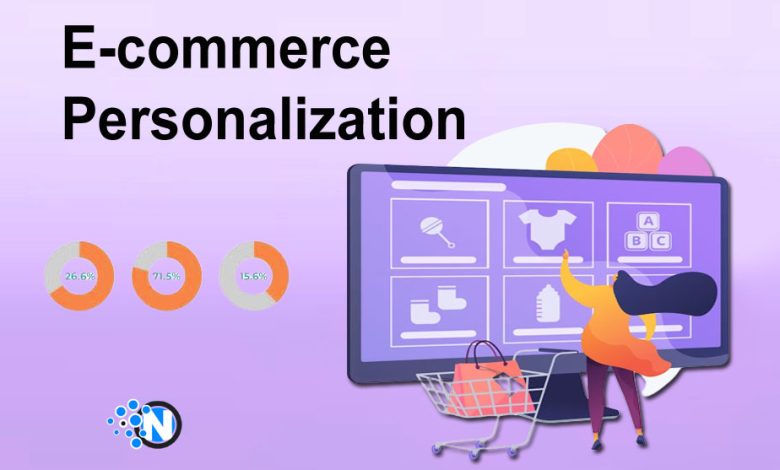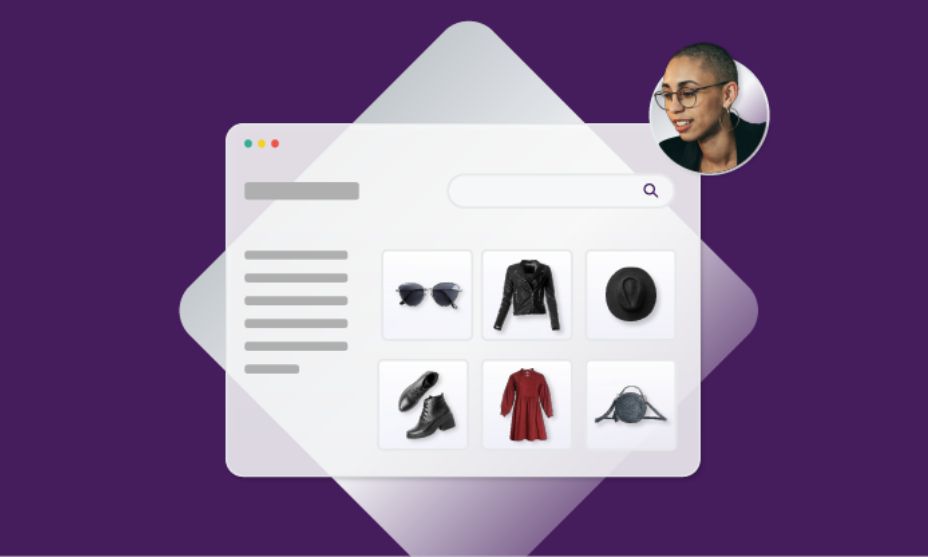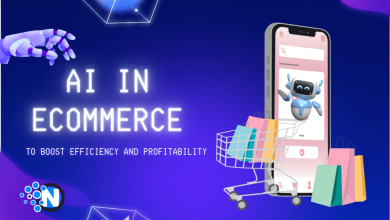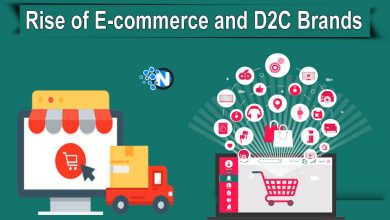E-commerce Personalization – An Ultimate Guide

One thing about today’s e-commerce industry is constant: the competition to be seen. In this respect, personalized e-commerce has emerged as a game-changer. It’s more than a passing trend that may make or break your internet shop. In this comprehensive guide, you’ll learn all you need to know about ecommerce personalization, from its definition and use to its advantages and current trends in the fashion industry.
What is E-commerce Personalization?
“E-commerce personalization” refers to adapting a website’s content and layout to each consumer. Customization means tailoring product ideas and content, pricing, and promotions on your website. The objective is to provide consumers with a more personalized and exciting purchasing experience.
E-commerce personalization is a strategy that tailors online shopping experiences to individual customers. It involves analyzing customer data, such as browsing history, purchase behavior, and preferences, to provide customized product recommendations, content, and offers. Personalization enhances user engagement, satisfaction, and conversion rates by delivering relevant content and product suggestions.
Techniques may include dynamic pricing, personalized email marketing, and adaptive website interfaces. It aims to replicate the personalized service of physical stores in the digital realm, creating a more enjoyable and efficient shopping journey. Ultimately, e-commerce personalization fosters customer loyalty, increases sales, and strengthens a brand’s online presence.
How Do You Apply Personalization in E-commerce?
Implementing e-commerce personalization involves several key strategies:
- Customer Data Collection: Start by gathering data on your customers’ preferences, behaviors, and demographics. This can be achieved through cookies, user accounts, and surveys.
- Segmentation: Divide your customer base into meaningful segments based on their characteristics and behaviors. This segmentation forms the foundation of your personalization efforts.
- Product Recommendations: Use algorithms and machine learning to provide personalized product recommendations to customers based on their browsing and purchase history. Display these recommendations prominently on your website.
- Personalized Content: Tailor your website content, including product descriptions, blog posts, and emails, to match the interests of specific customer segments.
- Dynamic Pricing: Adjust prices dynamically based on factors like a customer’s browsing history, location, and past purchase behavior.
- Email Marketing: Send personalized email campaigns that feature product recommendations, special offers, and content that aligns with each customer’s preferences.
- A/B Testing: Continuously test and compare your personalization strategies to optimize their effectiveness.
Benefits of E-commerce Personalization:
The advantages of implementing e-commerce personalization are numerous:
- Enhanced Customer Experience: Customers are more likely to return to a store after having their purchases personalized since they have a better time there.
- Higher Conversion Rates: Customers are more inclined to buy products that speak to their interests. Therefore, individually recommending and providing material about such products increases conversion rates.
- Increased Average Order Value: Personalization can encourage customers to add more items to their carts, resulting in higher average order values.
- Improved Customer Retention: You can boost customer retention and reduce churn rates by offering tailored recommendations and incentives.
- Better Data Utilization: E-commerce personalization allows you to leverage customer data effectively. It also provides insights that inform your marketing and product development strategies.
Fashion E-commerce Personalization:
When it comes to customization in online shopping, the fashion sector has been well ahead of the curve. Using a customer’s preferences, size history, and other information, fashion companies may propose items of apparel and accessories. Sales are boosted, and an atmosphere of exclusivity and originality is created, all of which are important in the retail fashion industry, due to this degree of customization.
E-commerce Personalization Trends:
Staying ahead in e-commerce requires keeping an eye on emerging trends. Some of the latest trends in e-commerce personalization include:
- AI and Machine Learning: High-quality product suggestions and individualization are only possible with the help of sophisticated artificial intelligence and machine learning algorithms.
- Voice Commerce: Voice search and voice-activated buying are two examples of the new possibilities for customization made possible by the growth of voice-activated gadgets.
- Omnichannel Personalization: Companies increasingly use multichannel personalization strategies to provide consumers with a seamless and individualized experience across all channels.
- Sustainability Personalization: Eco-conscious consumers expect brands to offer sustainable product options. Personalization can help highlight these options based on a customer’s preferences.
- Real-time Personalization: The ability to change material and suggestions in real-time in response to a user’s immediate actions is gaining prominence.
5 Steps To Succeed With E-Commerce Personalization:
Now that we’ve covered the basics, here are five steps to help you succeed with e-commerce personalization:
- Collect Comprehensive Data: Invest in data collection tools and methods to gather accurate customer information.
- Segment Effectively: Use customer data to create meaningful segments, ensuring you tailor your personalization efforts effectively.
- Choose the Right Technology: Select the right personalization tools and software that align with your business goals and budget.
- Test and Refine: Test and refine your personalization strategies based on performance metrics and customer feedback.
- Prioritize Privacy: Be transparent about data collection and usage, and ensure you comply with data privacy regulations to build trust with your customers.
E-commerce Personalization Examples for E-commerce Stores:

Three real-world examples illustrate personalization in e-commerce:
- Amazon: The e-commerce company is noted for its advanced recommendation engine, which analyzes customers’ browsing and purchase activity to promote products.
- Netflix: The streaming platform employs personalization techniques to enhance user engagement and retention by providing tailored recommendations for movies and TV series.
- Spotify: The music mentioned above streaming service provides customized playlists and suggestions according to individual users’ listening patterns. This enhances the overall music consumption experience.
Final Thoughts:
The implementation of e-commerce personalization is not only a fad but rather a vital strategic approach necessary for achieving success within the fiercely competitive realm of online shopping. By comprehending the preferences and needs of your clientele, harnessing technological advancements, and remaining attentive to contemporary market developments, it is possible to cultivate a retail encounter that fosters consumer loyalty and encourages repeat patronage. Embracing the potential of customization is crucial for e-commerce businesses to flourish in the era of customization.




